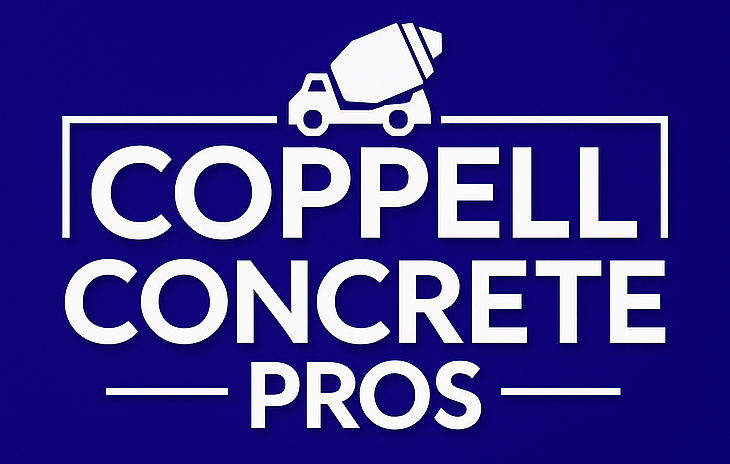Contact Us
Retaining Walls in Coppell TX
We specialize in building strong, functional, and visually appealing retaining walls that enhance your landscape while solving real structural challenges. Whether you need to manage sloped terrain, prevent soil erosion, or add architectural interest to your yard, a well-built retaining wall can make all the difference.
Our experienced team brings precision and care to every project, working closely with homeowners to design a custom retaining wall that fits their property’s layout, drainage needs, and visual style. From material selection to final installation, we ensure your wall not only performs well—but looks great doing it.
We offer a variety of retaining wall options, including concrete block, poured concrete, natural stone, timber, and decorative segmental walls, so you can choose a style that complements your home’s exterior and fits your budget.
Retaining walls aren’t just functional—they’re built to last. With proper base preparation, drainage integration, and reinforcement, our walls are engineered to withstand time, pressure, and Texas weather. Whether you're dealing with shifting soil or simply want to create a leveled garden space, we’ve got the tools and expertise to build it right.
If you’re ready to protect and beautify your property with a custom retaining wall in Coppell, TX, we’re here to help. Contact us today to schedule a consultation and let our team bring strength, style, and lasting value to your landscape.
Types of Retaining Walls
Choosing the right retaining wall depends on your soil conditions, height requirements, drainage needs, and desired look. Here are the most common types of retaining walls we install along with their benefits and best use cases:
Each retaining wall type has its advantages, and our team will help you determine the best option based on your landscape, drainage, and style needs. Contact us today for a free consultation and site evaluation—we’ll build a solution that’s strong, beautiful, and built to last.
Choosing the Right Retaining Wall for Your Specific Situation
Not all retaining walls are built the same—and choosing the right one means balancing function, form, and the unique conditions of your property. We take the time to evaluate every detail to ensure your retaining wall not only looks great but performs exactly as it should for years to come.
When you choose
Coppell Concrete Pros, you get a retaining wall that’s more than just functional—you get a carefully engineered solution designed for your property, your needs, and your long-term peace of mind.
